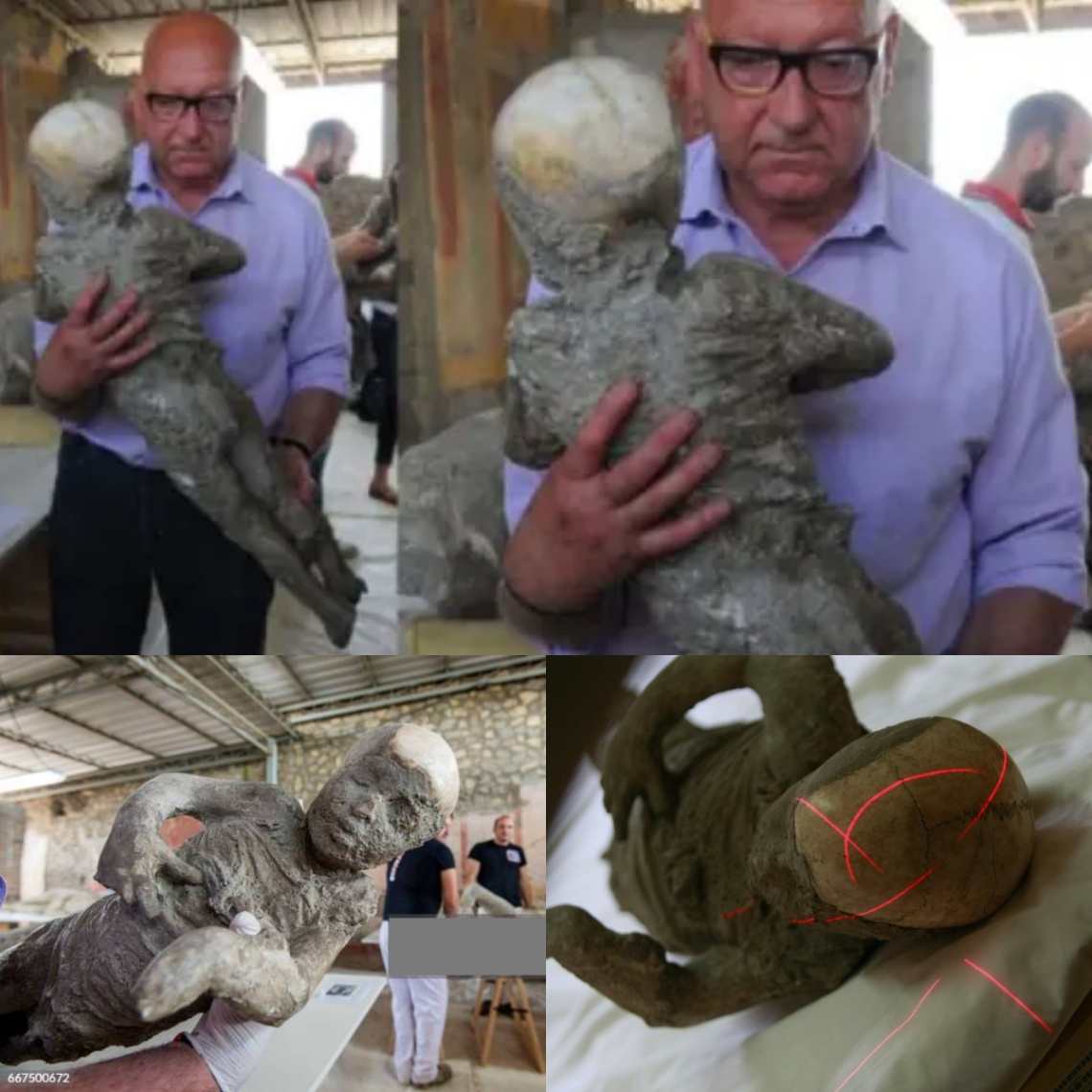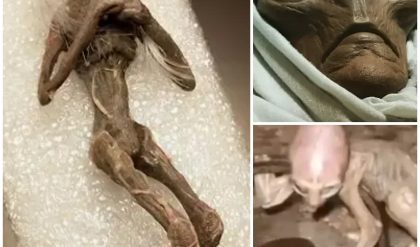Pompeii, the ancient city frozen in time by the catastrophic eruption of Mount Vesuvius in 79 A.D., continues to captivate historians, archaeologists, and the public alike. In recent years, groundbreaking CT scan technology has allowed researchers to delve deeper into the lives—and final moments—of the people who perished in the volcanic disaster, offering fresh insight into their physical condition, daily life, and struggles in their final hours.

How CT Scans Are Shedding New Light on Pompeii’s Victims
For centuries, Pompeii’s plaster-cast remains have preserved haunting imprints of its residents in their final, desperate poses. Traditionally, these casts have provided only a glimpse of their physical forms, but modern CT scans are now offering a new level of detail, allowing scientists to peer inside these figures without disturbing them. The scans reveal bone structures, dental conditions, and even clues about the people’s health and diet, piecing together the lives of Pompeii’s lost souls like never before.
Insights Into Daily Life in Pompeii
From the CT scans, researchers have learned that Pompeii’s residents had a surprisingly diverse diet that included fruits, grains, fish, and even exotic foods that suggest a bustling trade culture. Scans of the skeletal remains have also revealed signs of physical labor, with certain individuals showing evidence of musculoskeletal stress consistent with heavy workloads, hinting at the city’s social dynamics and economic structure.

Dental scans, too, are offering clues about hygiene practices and overall health. Many of the residents appear to have had remarkably good teeth, likely due to the lack of sugar in their diet. However, some suffered from dental abscesses and wear that reflect their dietary habits and the challenges of daily life in the ancient world.
Tragic Moments Preserved in Stone
The CT scans have revealed the heartbreaking reality of Pompeii’s final moments. Many of the victims were discovered in desperate, contorted positions, their postures indicating attempts to shield themselves from the hot ash and noxious gases. Scans have even shown fragments of clothing and jewelry, further humanizing these individuals and capturing their last attempts to survive the onslaught.

One of the most touching discoveries was the image of a young child clasped in their mother’s arms, a haunting reminder of the fear and helplessness experienced during the eruption. Another scan showed a man with a crude iron ring, perhaps a cherished personal item, offering a poignant glimpse into his life and connections before the tragedy struck.
Uncovering Pompeii’s Social Structure Through Advanced Technology
By examining the remains with CT scans, researchers are gaining a better understanding of Pompeii’s social structure. Differences in bone density and health markers suggest a possible division between the wealthy and the working class, with wealthier individuals potentially having easier lives and better health. These findings, combined with artifacts found near the bodies, help reconstruct Pompeii’s social hierarchy and the roles its residents played within their community.
A Journey Through Time, Preserved by Technology
CT scan technology is transforming our understanding of Pompeii, bridging the gap between ancient history and modern science. These discoveries allow us to connect on a human level with the people who lived, worked, and loved in Pompeii, only to have their lives abruptly ended and immortalized by the eruption. The advancements in imaging technology have turned Pompeii into more than a relic—it’s now a testament to human resilience, a window into the past, and a reminder of the fragility of life in the face of nature’s power.
As researchers continue to explore the remains with this cutting-edge technology, Pompeii’s lost souls are finally being brought back to life, sharing their stories with a world eager to listen.





